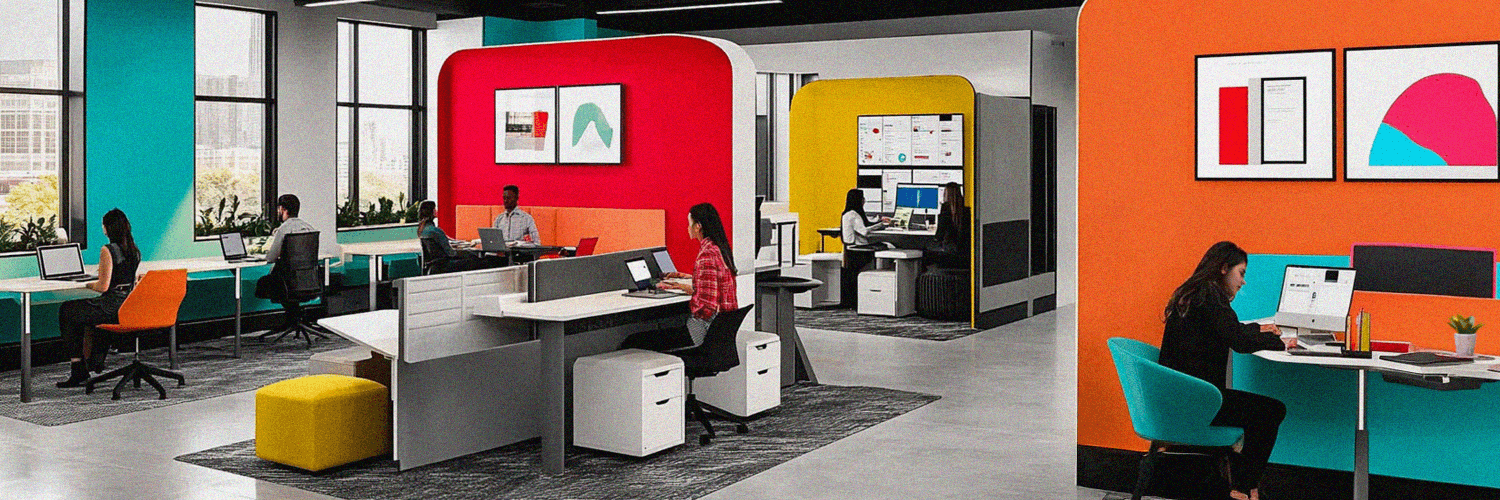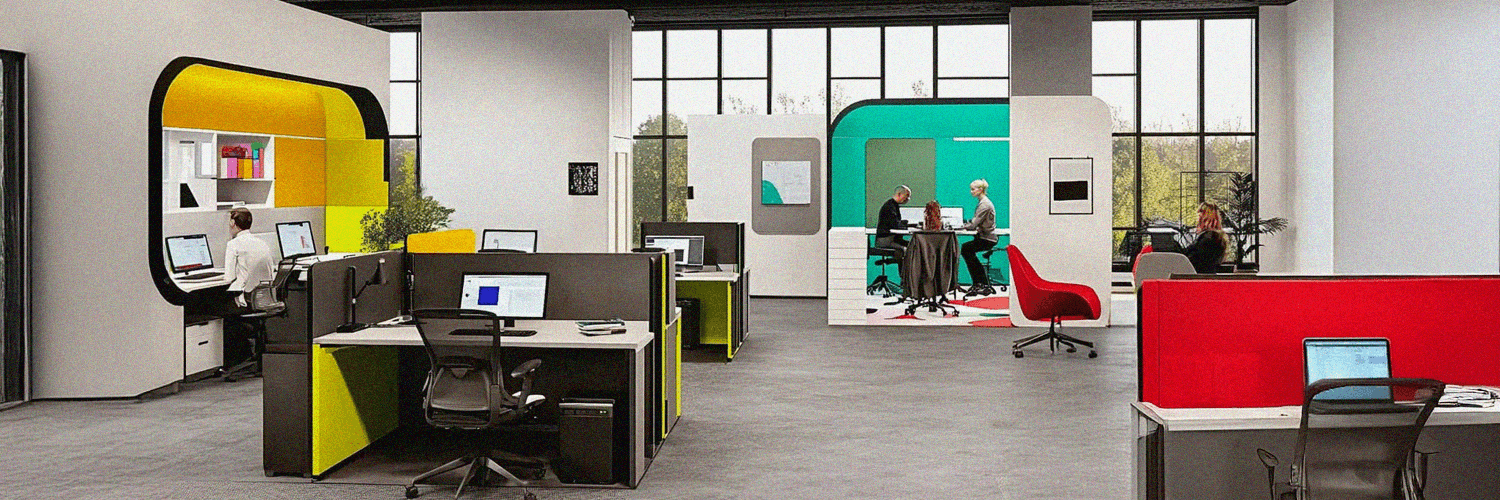To avoid operating at unreasonable costs, they chose to downsize: according to Moody’s Analytics, US office rents won’t reach pre-pandemic rates until 2026. Rising to 19.4% this year, the office vacancy rate is seen to exceed the previous high of 17.6% from 2010. Meanwhile, to reduce spending, even more, businesses are actively looking into workplace optimization strategies.
Workplace optimization is the act of making the most efficient use of the available office space. The process aims at reducing real estate, maintenance, and administration expenses to the lows while driving as high as possible productivity and profitability.
But how to get there?
Downsizing is only the first step. A reduced office square footage prevents costly operation, but it does not necessarily make it efficient. Because of that, it is important to understand the space you have and reflect on the space you need.
Use Data to Understand the Space You Have
Data is a fundamental element of any optimization process. The ability to examine it, discover contrasts and correlations, and learn from these findings is where the well-informed decision-making begins.
For example, office utilization metrics (capacity, real-time occupancy, average density, etc.) can easily disclose how well workspaces “perform” in comparison to each other. Depending on the analytical capabilities of the workplace management systems you use, traditional utilization metrics can be enriched with other patterns, such as the number of bookings per space or no-show frequency. These findings are closely related to costs: knowing which spaces are under-utilized makes downsizing or restructuring decisions easier.
The revenue-related space metrics, such as productivity per employee or closed deals per square footage help understand whether investments in the workspace pay off, especially if your optimization efforts have already reached the stage of transforming facilities into a support system for employees.
The Space You Need Is the Space That Drives Productivity
In one of our previous articles, we introduced the 3-30-300 rule, coined by Jones Lang LaSalle, a global commercial real estate services company. It grasps the order of magnitude for a company’s costs per square foot, per year, claiming that on average, the largest part of corporate spending goes to payroll. Consequently, even a slight upsurge in work efficiency brings the biggest savings. Therefore, productivity must be the rationale and the goal of workplace optimization.
To reap its rewards, make sure that your office spaces serve your employees. There are various “soft” aspects that could be optimized for this purpose:
- Comfort and ergonomics, encompassing not only modern, well-equipped facilities, but also respect for personal space and health standards;
- Desirability, which extends the ergonomics with inclusive workplace management processes;
- Activity-based work, widening the selection of different workspaces (conference rooms, hot desks, quiet nooks) in the office.
- Visibility, achieved with inclusive workplace management systems and their transparency features, in order to give the co-worker community clarity over space and time planning.
-
The full, revenue-generating potential of spaces (and people who interact with them) can only be unleashed by thoughtful space and activity configuration. The best office optimization efforts should combine measurable variables (size, utilization, cost) with a less palpable social dimension (can employees access different types of spaces for different types of work? Is there enough personal space? Can the workplace streamline collaboration?).











